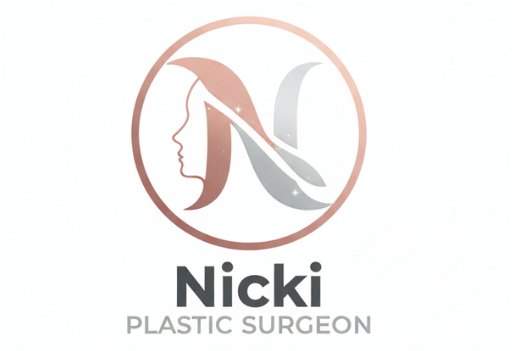
Scar Revision Surgery in London
At her London practice, Dr Nicki Bystrzonowski offers specialist scar revision surgery using advanced reconstructive and aesthetic techniques. Every case is assessed individually to determine the most effective approach, whether surgical revision, laser resurfacing, or medical scar management.
As a consultant plastic surgeon, Dr Nicki combines precision surgical skill with an artistic eye for detail, helping patients achieve results that look natural and harmonious with surrounding skin.
What Is Scar Revision Surgery?
Scar revision involves improving the appearance, texture, or placement of an existing scar. The aim is not to remove the scar completely, but to make it less visible and more aligned with natural skin tone and contour.
Depending on the scar type, revision may involve:
Surgical excision – removing the old scar and closing the wound with fine sutures to achieve a smoother, thinner line.
Z-plasty or W-plasty – reorienting the scar to follow natural skin folds and reduce tension.
Laser or dermabrasion treatment – refining surface texture and colour.
Steroid or silicone therapy – improving raised (hypertrophic or keloid) scars.
Each treatment plan is customised based on scar type, location, and skin characteristics. Dr Nicki focuses on achieving the best possible aesthetic and functional outcome, particularly for scars on visible areas such as the face, neck, or limbs.
Key Information
| Detail | Summary |
|---|---|
| Procedure Time | 30 minutes – 2 hours (depending on size and complexity) |
| Anaesthetic | Local or general anaesthetic |
| Hospital Stay | Day case (outpatient) |
| Recovery Time | 1–2 weeks for healing; full scar maturation over several months |
| Scarring | Minimal, improved in texture and alignment |
| Results Visible | Gradually improve as swelling and redness settle |
| Longevity | Long-term; results continue to refine for up to 12 months |
| Follow-Up | Regular reviews to monitor healing and scar improvement |
How Scar Revision Works
Consultation and Assessment
During consultation, Dr Nicki Bystrzonowski assesses the scar’s type, depth, location, and how it’s healed over time. She discusses your concerns and recommends the most effective treatment, surgical or non-surgical, depending on your goals.
Anaesthetic and Preparation
Scar revision can be performed under local anaesthetic for smaller scars or general anaesthetic for larger or multiple areas. The skin is carefully prepared to ensure optimal healing and minimal tension.
The Procedure
Depending on the method used:
The old scar may be surgically excised and reclosed with fine sutures to create a neater, flatter line.
Complex scars may be repositioned using Z-plasty or W-plasty techniques to blend with natural skin creases.
For raised scars, steroid injection or laser therapy may be used to reduce thickness and colour contrast.
Recovery and Healing
After the procedure, the area is dressed to protect the wound and support healing. Sutures are removed or dissolve within 1–2 weeks. Mild redness or firmness may remain temporarily but fades gradually.
Long-Term Results
As the new scar heals, it softens, flattens, and fades, often becoming far less noticeable over time. Full results develop over several months as the scar continues to mature and remodel.
